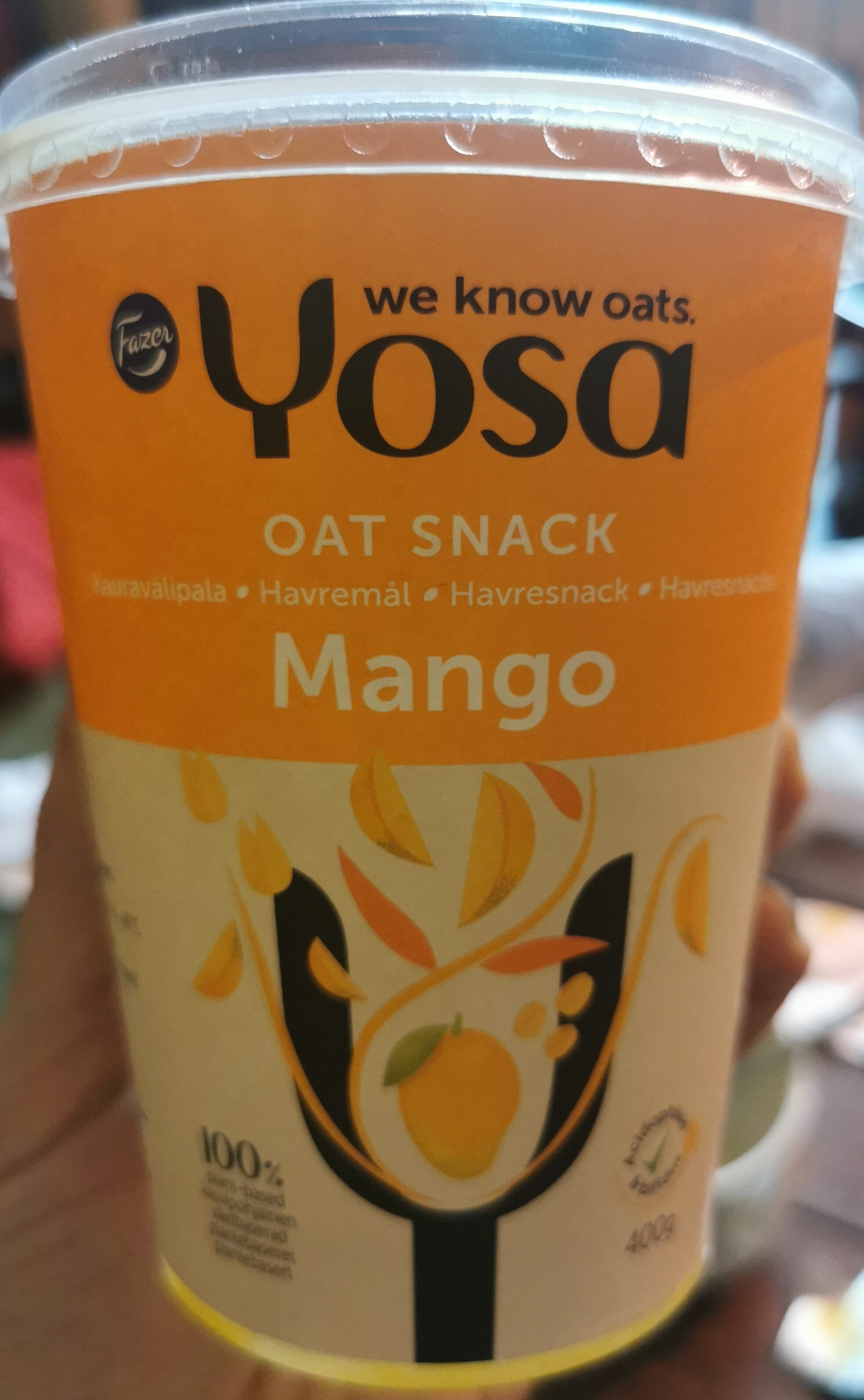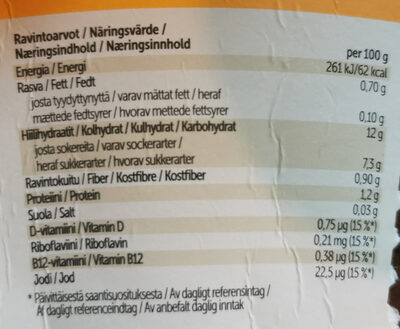Oat snack mango - yosa - 400g
This product page is not complete. You can help to complete it by editing it and adding more data from the photos we have, or by taking more photos using the app for Android or iPhone/iPad. Thank you!
×
Streckkod: 6410220009006 (EAN / EAN-13)
Kvantitet: 400g
Förpackning: en:Metal, Plast, Återvinningsbara metaller, Aluminium, en:container, en:pp-polypropylene, en:ps-polystyrene
Varumärken: Yosa
Kategorier: Växtbaserad mat och dryck, Fermenterad mat, en:Dairy substitutes, Efterrätter, en:Non-dairy desserts, en:Non-dairy fermented foods, en:Non-dairy yogurts, en:Oat milk yogurts
Etiketter, certifieringar, utmärkelser: Vegetarisk, Vegansk, en:100% vegetable, Mjölkfri, en:No soy, fr:avoine, fr:bifidus
Ingredients ursprung: Finland
Tillverknings eller bearbetningsplats: Finlande
Butiker: K-Market
Länder där såld: Finland
Matching with your preferences
Miljö
Förpackning
Transportation
Report a problem
Datakällor
Produkt tillagd den av miguelbarroso
Senast ändrad produktsida på av moon-rabbit.
Produktsida också redigerad av ecoscore-impact-estimator, mvainola, openfoodfacts-contributors, packbot, planteuser, roboto-app.










